|
The first few weeks at TRIP have been quite the adventure! I know the flies certainly have… So far, I have accidentally killed at least 20 flies, let a few more than that escape, and severely traumatized the unlucky survivors. While the flies have been relaxing and enjoying themselves, I’ve found my first introduction into hands-on research to be riddled with tons of unexpected twists, setbacks, and learning experiences. To start, my health has not been so great these past few weeks, so my kickoff experiment didn’t go exactly as planned. My shaky hands and delayed reaction time probably gave the flies a good deal of trauma when transferring them to do an open field test, explaining why, when tested, the flies didn’t move! Additionally while moving flies back and forth I might have accidentally dislodged some of the food resulting in a sticky fly food-fly sandwich that probably resulted in low number of progeny. If anything, the data that I’ve gained from this experiment mostly lies in the lack thereof. My failure in carrying out a lot of routine techniques for transferring flies was unfortunate, but only serves to highlight the one way to get better- more practice! Although I made a lot of mistakes here, I largely expected this and walked away with a few major takeaways going into my independent project:
For the independent project, I want to assess the impacts of bisphenol A (BPA) on depressive symptoms in flies. Last year, I was asked to find some data on the neurological impacts of common organic pollutants involved in plastic manufacturing, and to my despair, couldn't really find any. So when I saw that BPA was on the menu of drugs available in the TRIP lab, I decided that now would be a good time to actually produce some data. As well as assessing the impact of BPA alone, I want to see if a few well studied antidepressants, or drugs used as antidepressants can alleviate any potential depressive symptoms caused by the BPA. The main problem here, along with my terrible hand eye coordination, will be solubility. In order to add the drugs to the fly food, I have to get them in fly safe, liquid form. Because BPA is largely insoluble in water, I have to find some other way to get it into the food without it recrystallizing. Fingers crossed that my efforts don't fail as disastrous as the kickoff experiment, but until then, I will keep you updated! That's all for now!
0 Comments
It didn't seem long ago that I was preparing for the first day of Trip! Time flies, they say, and it’s true. It’s officially the 5th week of Trip and I’ve made lots of memories with incredible people; they continue to inspire me everyday, each and every one of them. We’ve finished our kickoff experiments and presented as well. Although I realized I had many skills to learn about presenting, I’m glad that I got to share it with the curious members of Trip and receive helpful feedback. I aim to apply those tips for the last day of Trip; the final symposium!
My initial kickoff experiment was to determine how the drug, licorice, combats the negative effects of intestinal inflammation which causes slow mobility among flies. This isn’t surprising since humans also experience similar effects as a result of this condition. Earlier studies showed that licorice has anti-inflammatory properties which proved to be true since it reversed the effects of intestinal inflammation. However, I could not conclude whether this drug positively impacts the health of the flies even without the stressor. Hence, I might conduct another experiment aligning with that idea in the future. Speaking of this mystery project, let me give you a short preview. I struggle with chronic migraine and I’ve attempted to reduce the pain by shaping certain parts of my lifestyle, especially my diet. This includes drinking lots of water, healthy food at a scheduled time, taking medicine, and consuming ginger products. Almost everyday, I drink ginger lemonade or my mom adds ginger to our food. She also has migraines and it has increased over the past six months that she has been studying computer science which requires intaking lots of information. Therefore, I decided to research the impact of ginger on cognitive function, specifically memory retention. Although I can’t necessarily spot migraines on flies, I can decrease their mental activity with a certain drug and test larval memory in response. My ultimate goal is to learn more about ginger and its benefits to improve our condition.
After the first four weeks of TRIP I completed my Kickoff Experiment and have gained a deeper interest in fruit flies. For my Kickoff Experiment I assessed how fruit fly sociability was affected by Constant Darkness and the Drug St. John’s Wort. For my experiment I wrapped my stressed flies in tin foil and labeled them. For the drugged flies I added St. John’s Wort to their food vials.
For my Independent project I am interested in researching the effects of food deprivation on fly anxiety and depression. I researched the drug Ashwagandha which is used to treat stress. For this I am considering using the open field and forced swim test assay. I chose the open field assay to determine how anxious the fruit flies were after food deprivation. I chose the forced swim test to test fly depression. I am interested in researching more about other drugs I could use instead or as well.
Hello! A little more than a month into TRIP and I have been enjoying every single second of it: awesome TA’s, awesome instructors, and awesome lab mates. A LOT has happened these past few weeks, I have learned so much about fruit flies and the entire experimental process. I am excited to start the next phase, my independent project! In my kick-off experiment, I tested the effects of Vitamin D3 and head trauma on fruit fly motility. To do this, I conducted the negative geotaxis assay, where male fruit flies’ movement is tested against gravity to assess brain activity. I learned to be patient from sorting the male flies on ice, it was pretty stressful! After the assay, I found that Vitamin D3 made the flies D3 athletes and even healed the head trauma that was inflicted on them! I was extremely surprised by the degree that the simple vitamin could act as an anti-inflammatory. I had fun presenting my findings to my labmates and instructors, and everyone’s kick-off experiment presentations were so cool! The constructive feedback on the presentations taught me a lot about speaking and creating presentations. Let's start our independent projects! Even before TRIP, I knew I wanted to research the impact of epinephrine from Epi-Pens and Auvi-Qs. Its ability to stimulate adrenal activity and contractions in the muscles and heart saves the lives of so many people, including my sister. She has needed to keep one her whole life, so I want to determine if extended use of epinephrine would have negative impacts on hormonal levels and overall bodily health. I will have to rip apart some Auvi-Q’s to test epinephrine on female fruit fly fertility! With the help of Mr. Cozzone and Dr. Purdy, I came up with an organized plan for my research, and I cannot wait to get started.
Hi everyone! It has been a bit since I have written to you all, but these past few weeks have gone by super fast, and I can’t believe we are halfway through the program. I am having such a fun time in the lab getting to know my fellow peers, learning from instructors, TA’s and fruit flies!
I now feel prepared and very excited to head into my independent project! After sorting through my ideas, I finally decided on researching the effects of intermittent fasting and Benadryl on cognitive health and memory. For 30 days in the month of Ramadan, I follow an intermittent fasting schedule and have always been curious about the physical benefits that it holds. I found articles stating the numerous advantages of intermittent fasting, but what stood out to me most was its effect on memory, and preventing Dementia and Alzheimer’s. Additionally, I chose to test Benadryl as it contains anticholinergic properties, which slows down acetylcholine, a neurotransmitter involved in memory retention. It is a very common over-the-counter medication and I am interested to see whether intermittent fasting will reverse the negative effects of Benadryl on adult fruit fly memory.
Hi everyone, I’m so glad you’ve joined me for my second blog post! I can’t believe the TRIP session is almost halfway over. I’ve enjoyed the past weeks getting closer to my TRIP family, and I’ve come out of my pupa. Time really does fly! With my kickoff experiment complete, I have finally decided on my independent research project. I will be investigating the effects of NSAIDs (non-steroidal anti-inflammatory drugs) like Advil on female fertility. I see NSAIDs used around me all the time, whether it's utilized for migraines or menstruation cramps. However, according to past research, it has been known to affect the ovulation cycle, hence skewing female fertility. As female fruit flies do ovulate as well (although much more frequently), I was interested to see how the NSAID would affect them. For this experiment, I will be using Advil as my NSAID, which I will be diluting for a dose fit for a fruit fly. The setup entails 4 vials, each with 40 female and 20 male fruit flies, and increasing dosages of Advil. To quantify the results, I will be using a new assay, the female fertility assay, which measures the embryo laid per female within a two-hour time frame. Next week, I will be starting this independent project! As I myself have used NSAIDs and am constantly seeing people use this over-the-counter drug, I’m excited to see the results of this experiment and how they can be applied to the women around me. Thanks for following this TRIP so far, and I hope you’ll join me for my next blog post where I’ll be back with a conclusion to my study.
Alongside my love for science and research, I also enjoy making art. Currently, I am taking Art II and hopefully can take more art classes in the future. In my art classes, I have been able to work with different materials and have been able to experiment with new ideas and techniques (which could be why I love science so much too!). Some of my favorite things to work with have been colored pencils, sketching pencils, and chalk pastels (which is what I made the landscape painting with)! I really love making portraits and landscapes of things that are important to me. So far I’ve drawn/painted a few of my friends and some of my family’s favorite locations. I find it really special to be able to give people something that I worked so hard on and to be able to show them how much I care about them! My first day at the lab was extremely fun and interesting! We were able to prepare the fly food and use micropipettes. It was a wonderful introduction to the TRIP program. I was so excited to be around so many new people and have my first experience in a lab! I am so excited to see what my future in this program entails and I am so grateful for this opportunity! Hopefully, this is the start of my long journey in the field of science!
Hey! My name is Ismaeel Qureshi, and I am a junior at Unionville High School in Kennett Square, PA. I got involved with TRIP because it allows me to channel my never-ending curiosity into something productive. I have always been interested in the “why” behind the way things work, so I am excited to get an opportunity to conduct research that can help me reach conclusions about why things happen the way they do. Also, I want to pursue a career in STEM, so I figured that getting experience doing research in a lab could help me develop skills that are integral to my future success. Finally, my favorite subject in school is biology, so an opportunity to further my biological knowledge with such an amazing community was one that I could not refuse. I have always been interested in the "why" behind the way things work...so an opportunity to further my biological knowledge with such an amazing community was one that I could not refuse. Here’s a little bit about me: I am of Pakistani heritage, and I enjoy keeping in contact with my cultural roots by eating Pakistani food and listening to Pakistani music. I am actually a dual citizen of the United States and Pakistan, which means that I have passports for both countries. Recently, I traveled to Pakistan to attend some weddings, and I had a lot of fun. I also love playing and listening to music. I play the alto saxophone school’s marching and symphonic bands, and I recently joined my school’s choir to explore my newfound interest in singing (except I’m not very good). As for listening to music, I mainly enjoy listening to R&B and rap, but if I think it sounds good, I’ll listen to it. Another activity I enjoy doing is Quiz Bowl. I am currently a member of my school’s Varsity Academic Team, which competes against other high schools in Chester County in quiz bowl matches that test our knowledge of everything from South African playwrights to American geography. One of my favorite hobbies is doing crossword puzzles and logic games; I love how they stretch my brain and challenge me.
I’m also very passionate about promoting inclusivity in healthcare, and this led me to help cofound the EmpowerCycle Initiative, a nonprofit dedicated to the accessibility of essential menstrual products and augmenting public involvement in combating the taboo around period poverty. I’ve also been able to explore my interest in medicine through shadowing physicians over the years, and I hope to specialize in dermatology or anesthesiology in the future. I’m also very passionate about promoting inclusivity in healthcare...I aspire to become a physician-scientist one day. I wanted to join TRIP after spending my last summer at the Abramson Research Center of CHOP, which sparked my interest in the process of conducting an independent research project. Through TRIP, I hope to develop my laboratory and presentation skills as I gain confidence in my work over the course of the program. Yesterday, I got the chance to meet an amazing group of peers passionate about science, and I’m looking forward to continuing the rest of this TRIP Journey together.
As children, we, including myself, are ignorant of the life outside of the walls that don’t include our loved ones, technology, and toys. When I first learned about cancer and the destruction that is left in its path, it drew me in. At the time, it was a complete mystery, and it still is. There are so many different kinds, and so many places where cancerous cells and tumors can appear in the body, and no way to stop it with a simple dose of medicine. Taking this into consideration, opened my eyes to a completely different kind of research: the unknown. This revelation became one of my newest and greatest obsessions. Learning about cancer, and the uncertainty that comes with each part of its discovery and further research has impacted my brain and given me a sense of determination to delve into its secrets, and influenced my choices, and my future career. Outside of the science world, I am a profound lover of music. Whether stemming from 80s British rock bands like The Smiths, or to commonly known artists such as Taylor Swift, music fuels me into completing every assigned task, or writing a new story. My time spent, alongside listening to my multiple-hour playlists, would be spent with books, a pen, the tapping of keys, and frequent taps of the enter button. I cannot say that reading and writing is a hobby because, to me, it isn’t. They are tools that have helped build the person I am today, and without their guidance as an outlet, I would be lost. Personally, I find it fascinating that with only twenty-six letters in the English alphabet, so much can be created and shared. It is why I am obsessed with everything about them. Why talk, when you can write your emotions clearly and be understood completely? Is there any better way to get emotions off your chest than through writing? I couldn’t answer these questions, and it's why I’ve become so dependent on expressing myself through words on paper, and my abilities as a writer.
|
Archives
April 2024
Categories
All
|
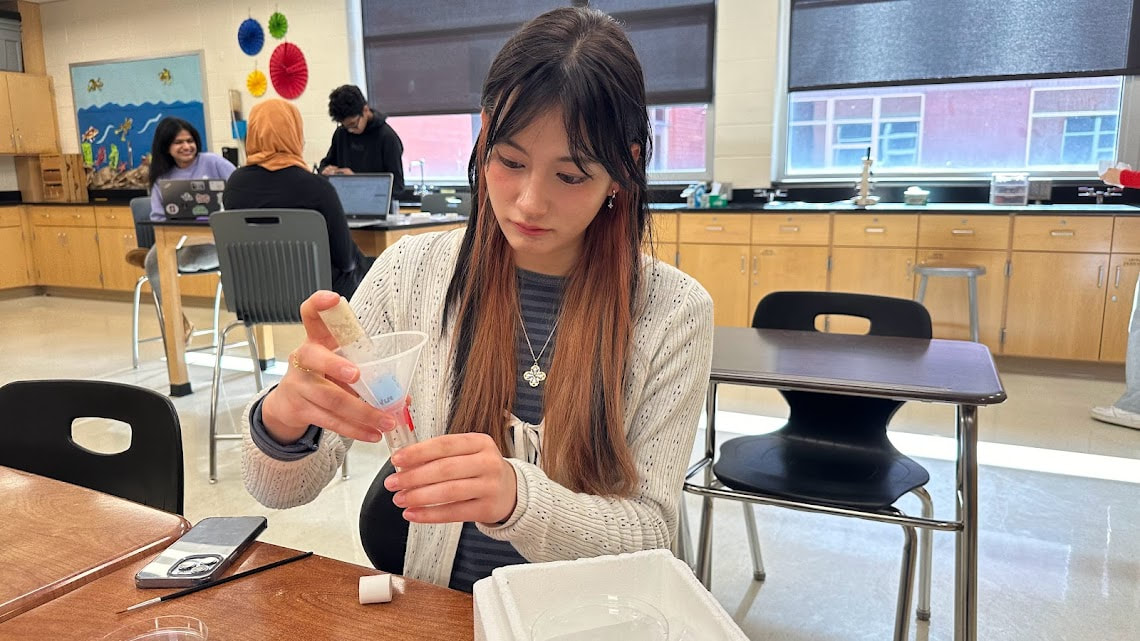
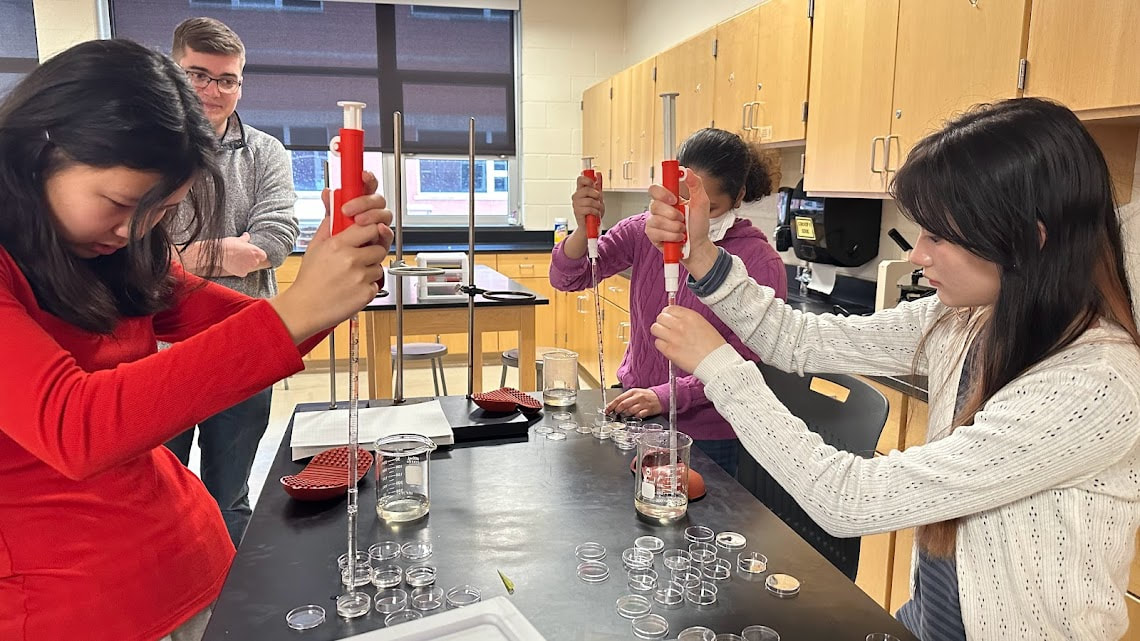
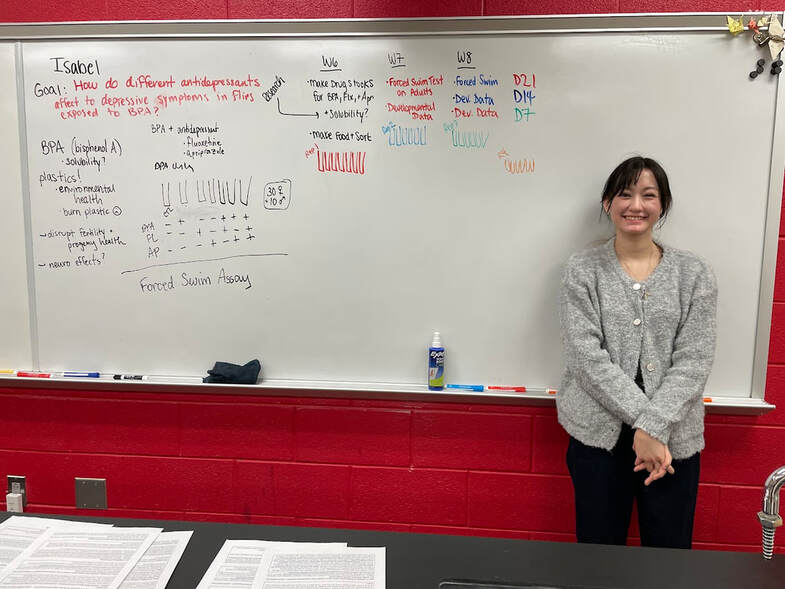
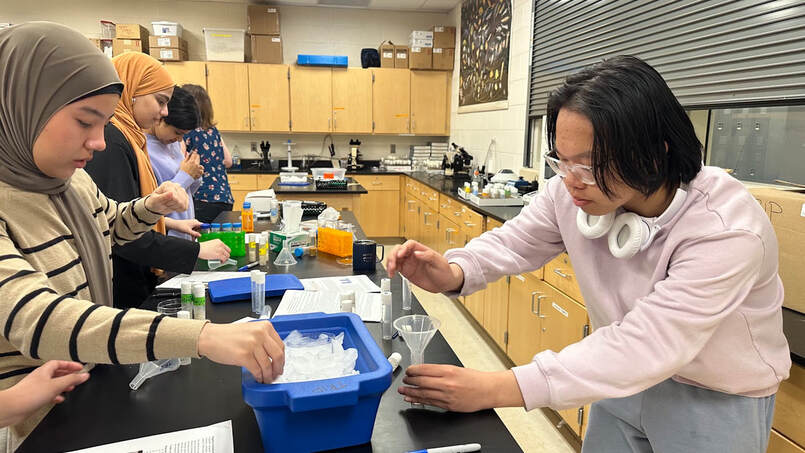
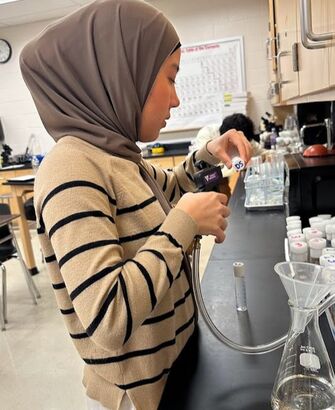
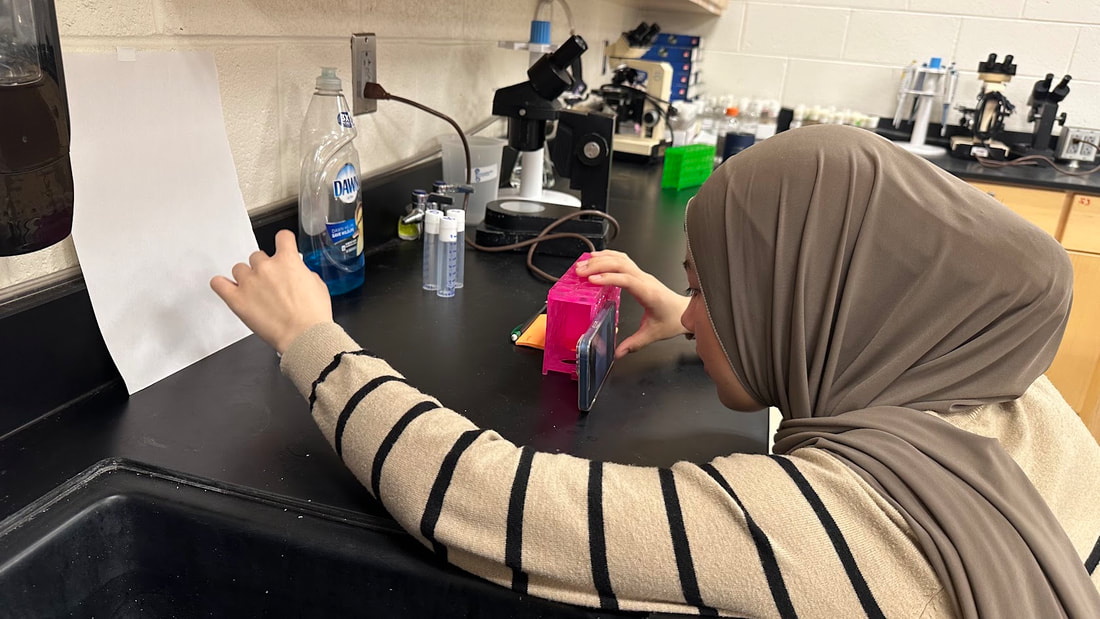
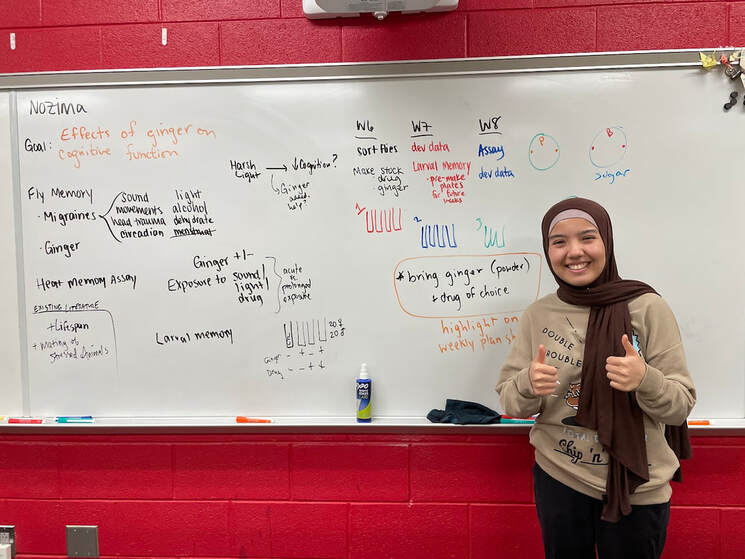
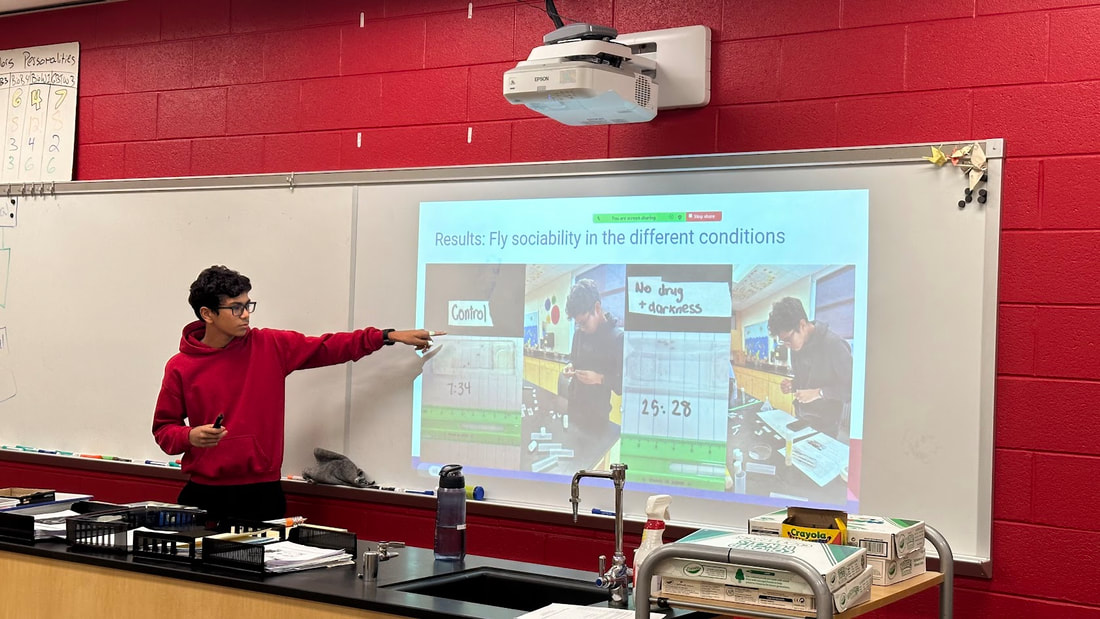
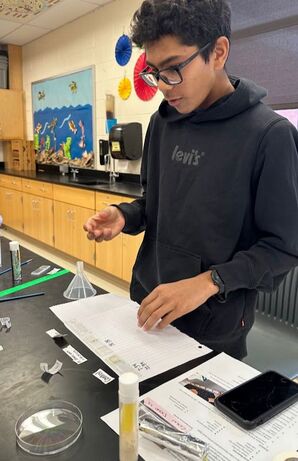
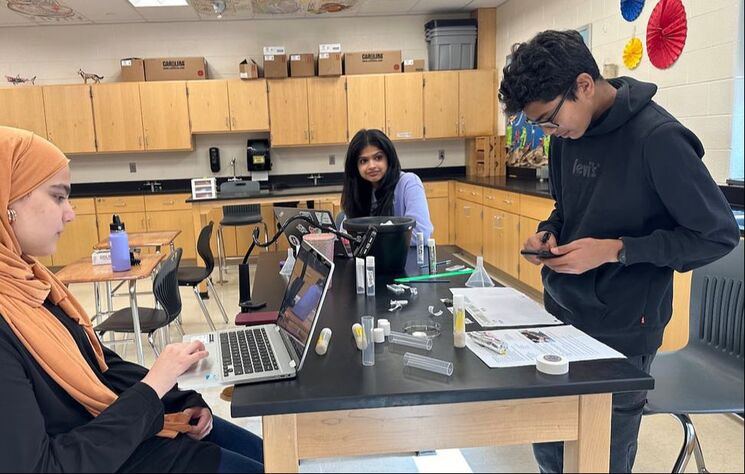
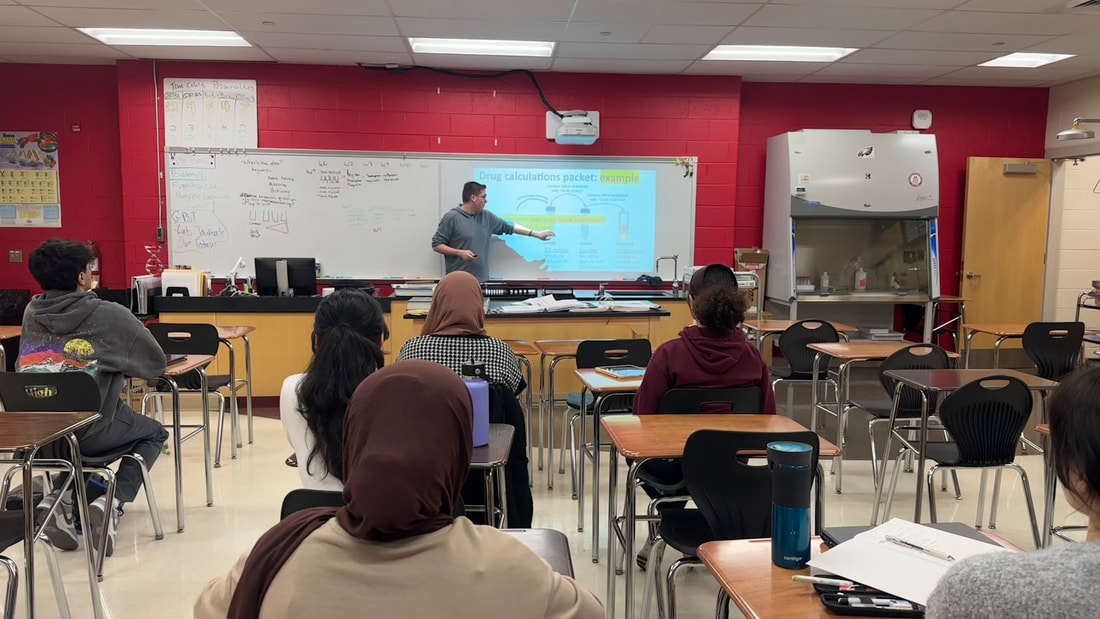
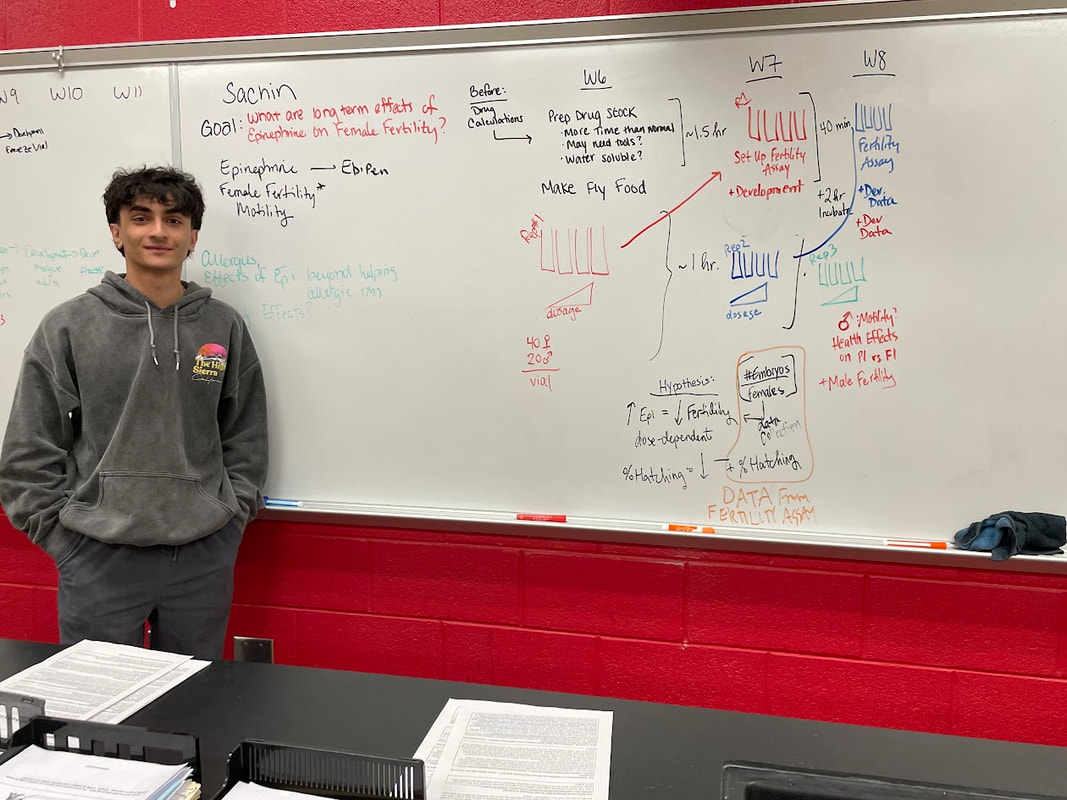
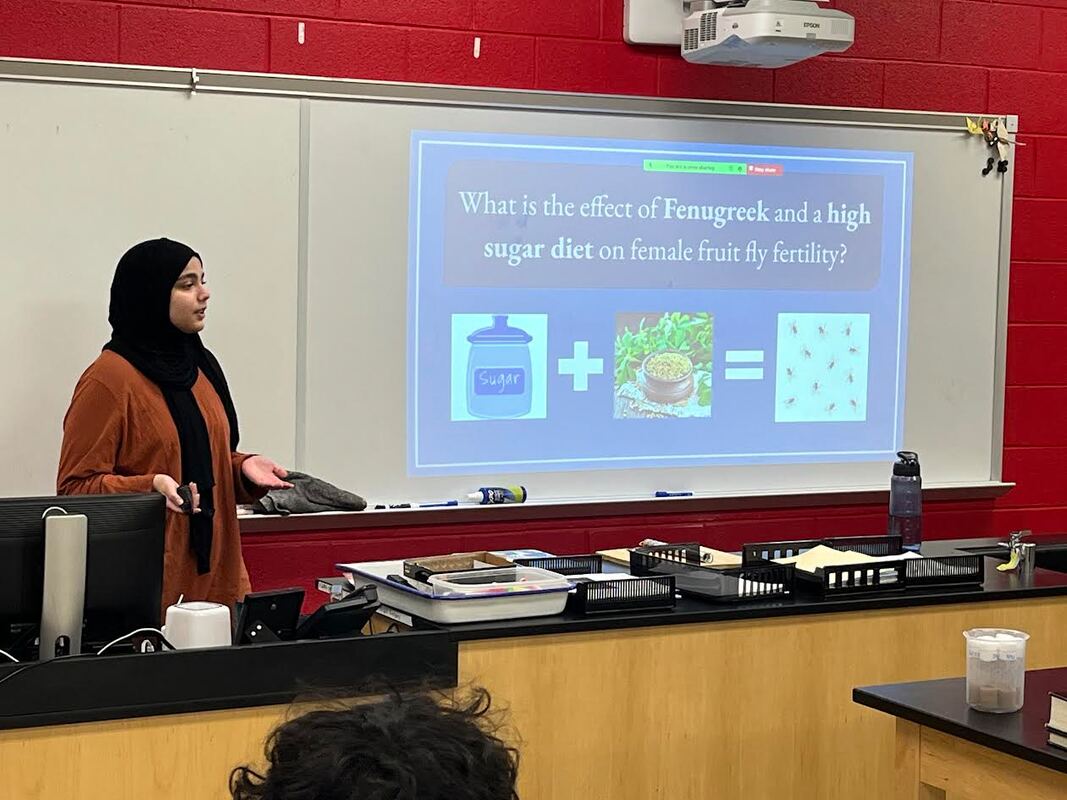
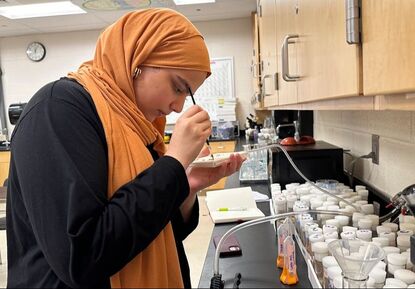
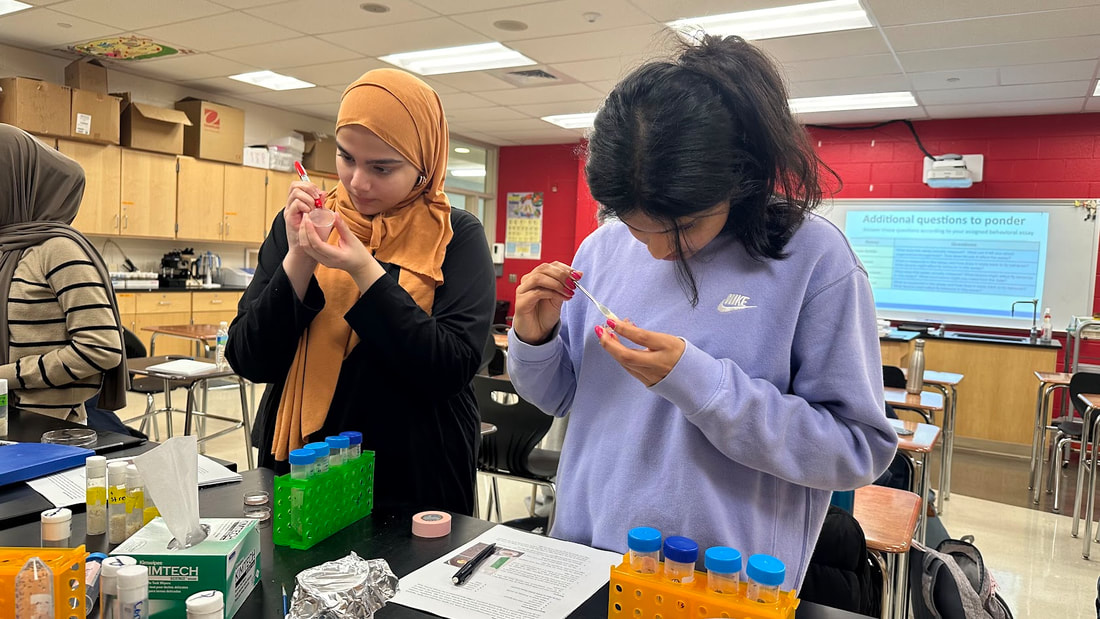
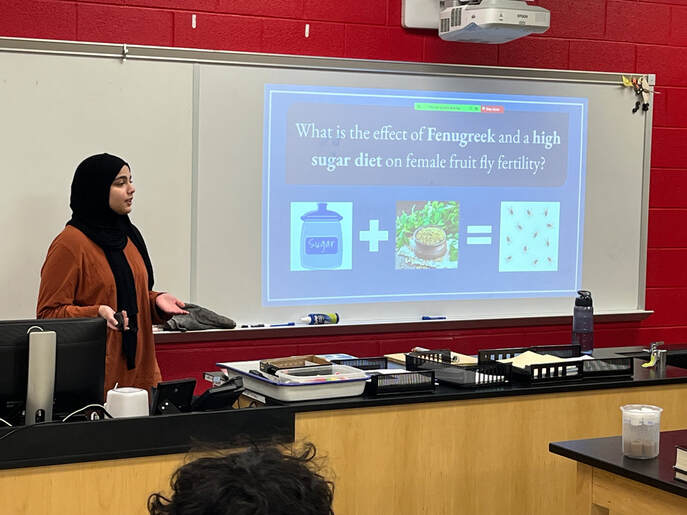
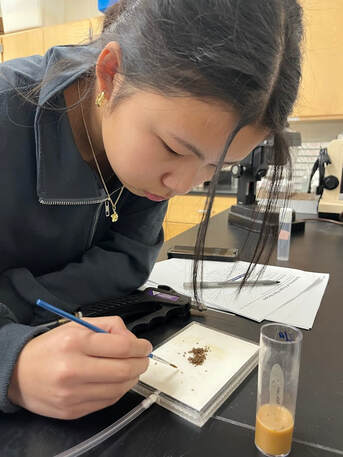
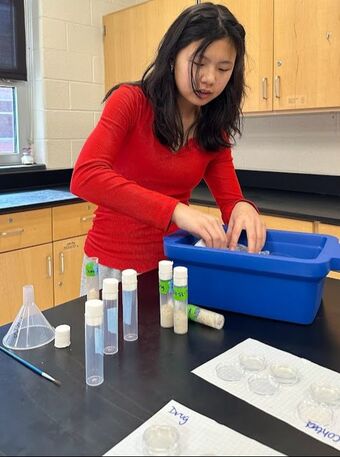
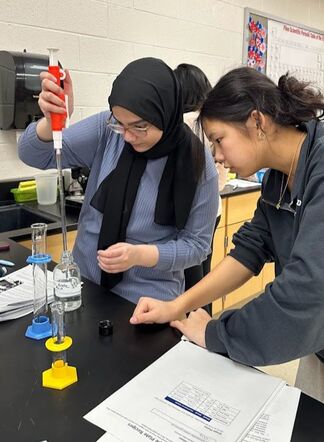
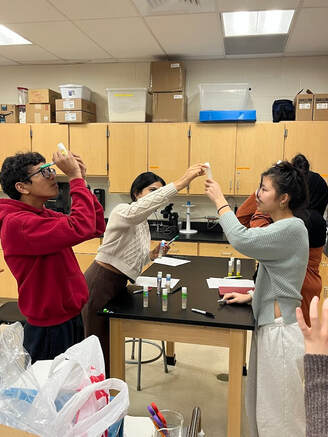
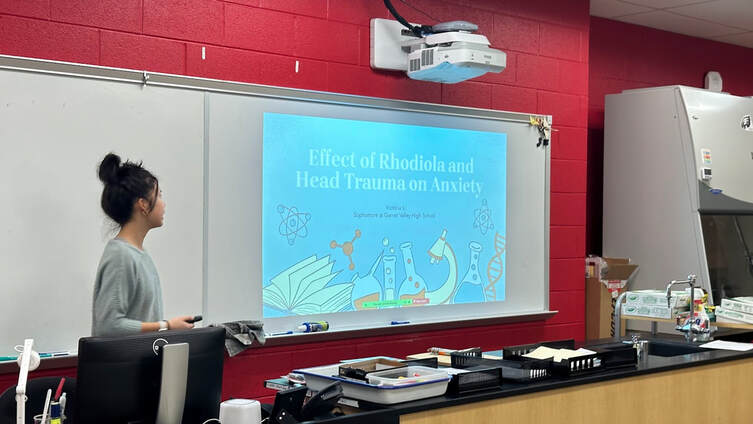
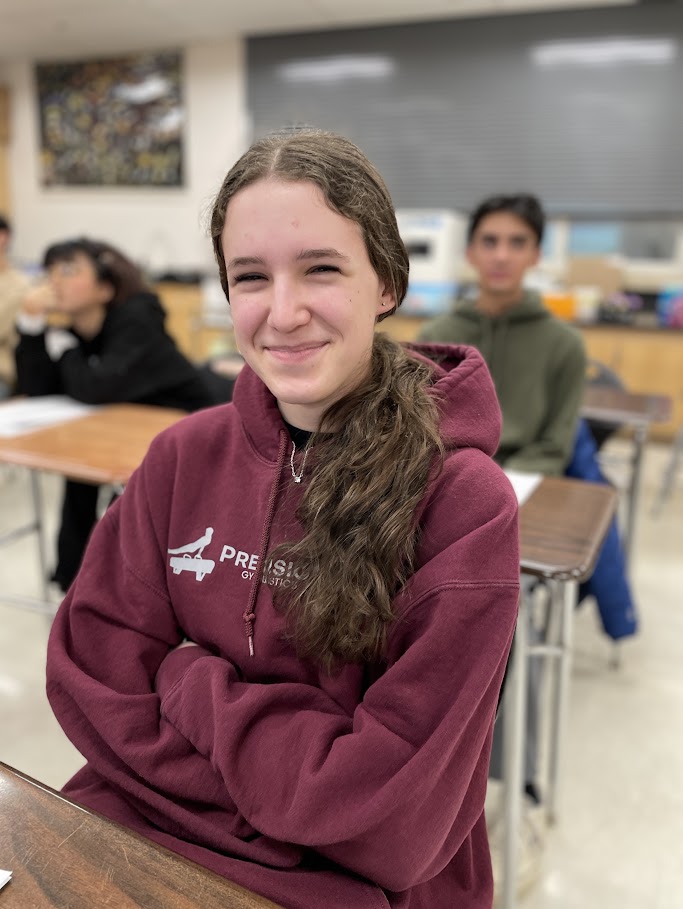
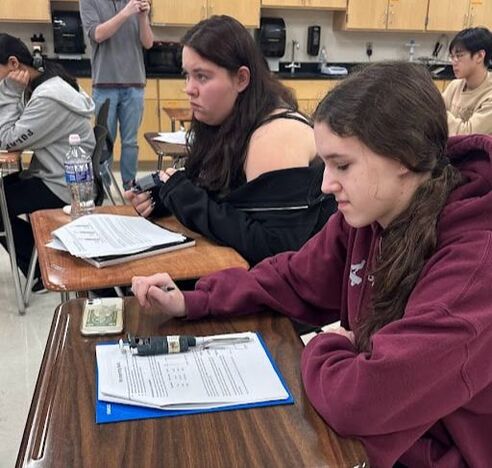
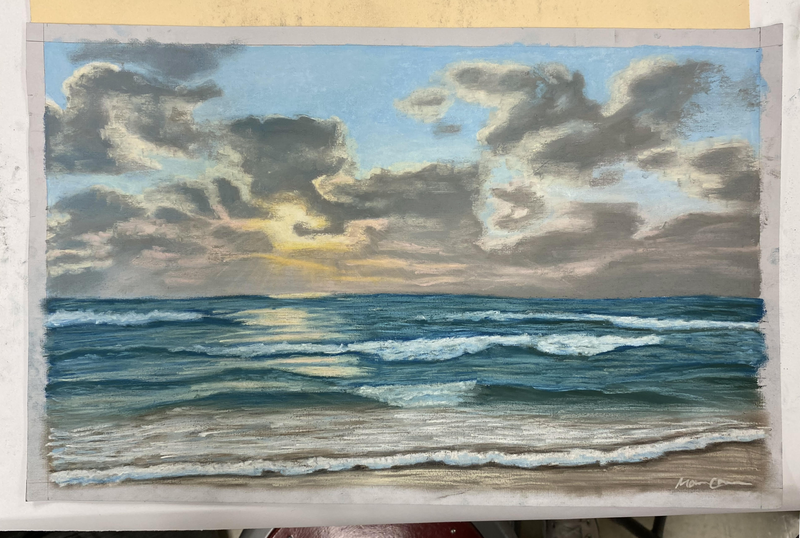
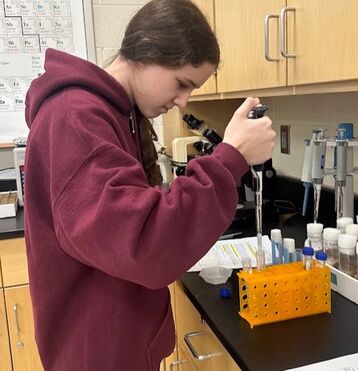
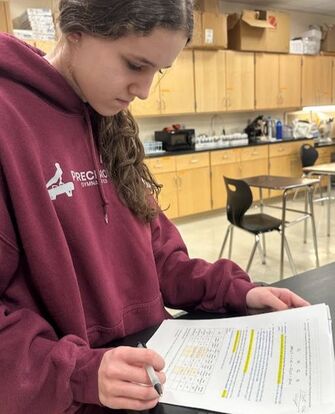
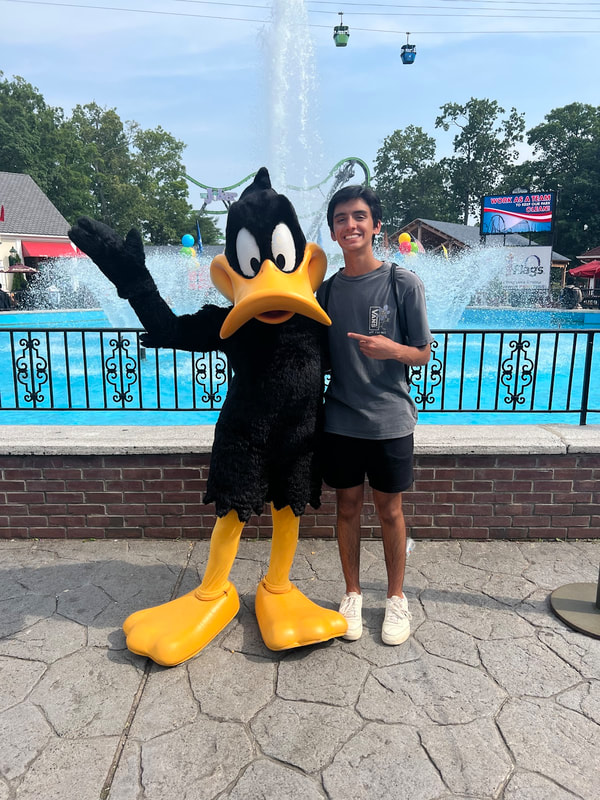

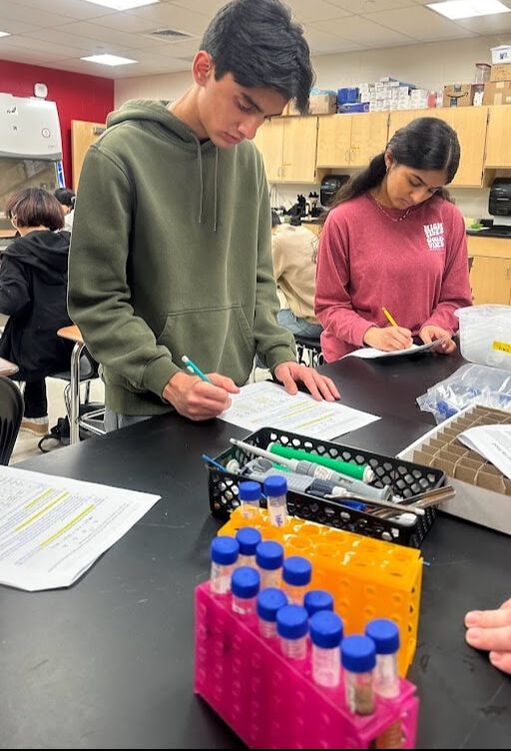
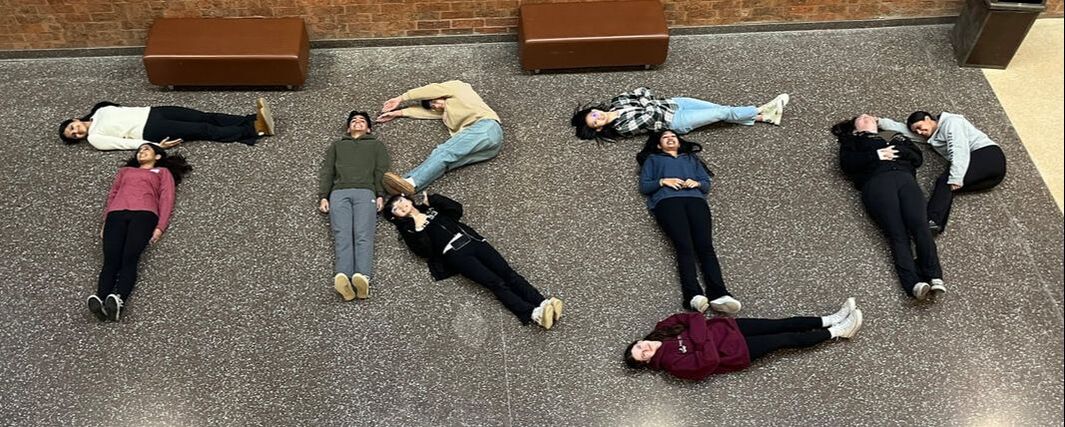
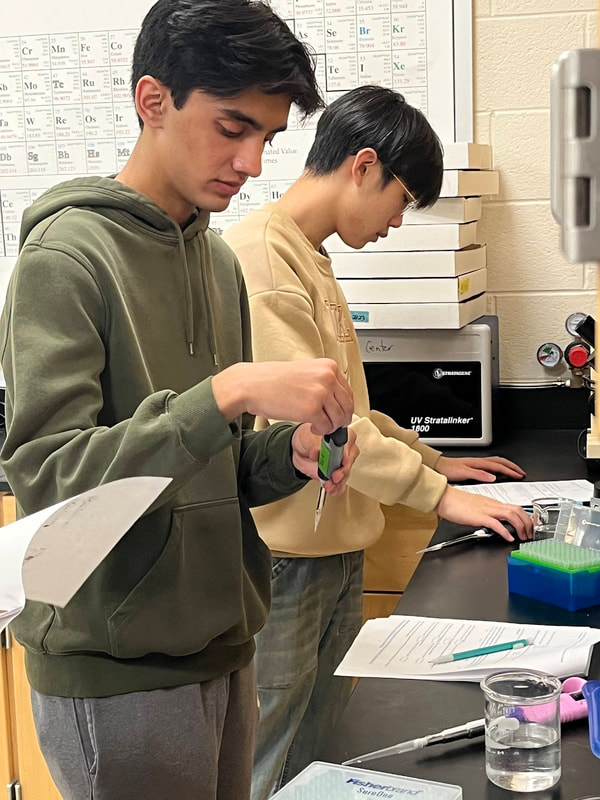
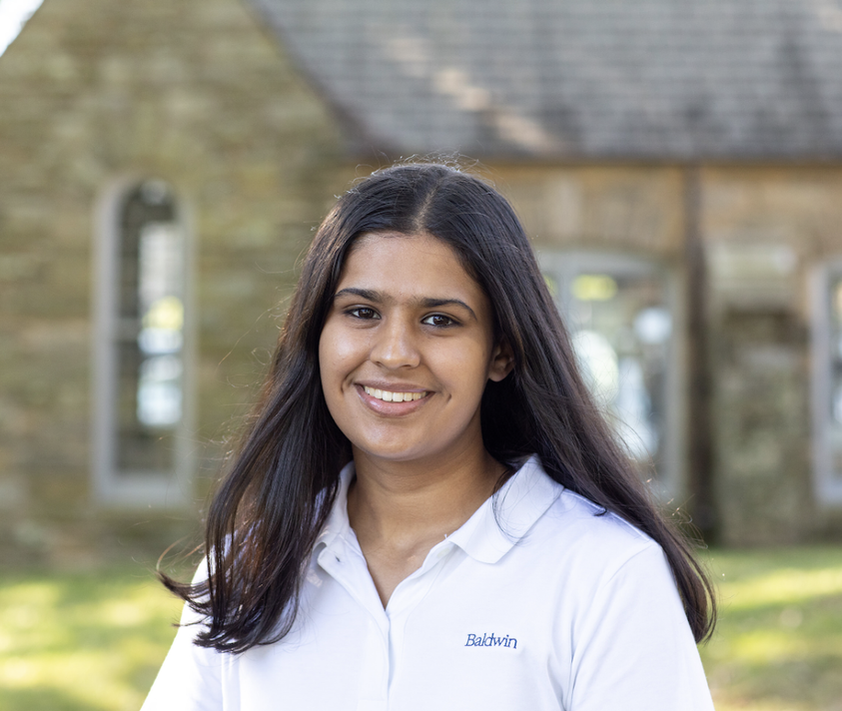
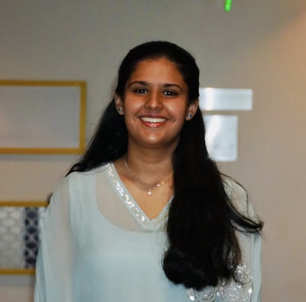
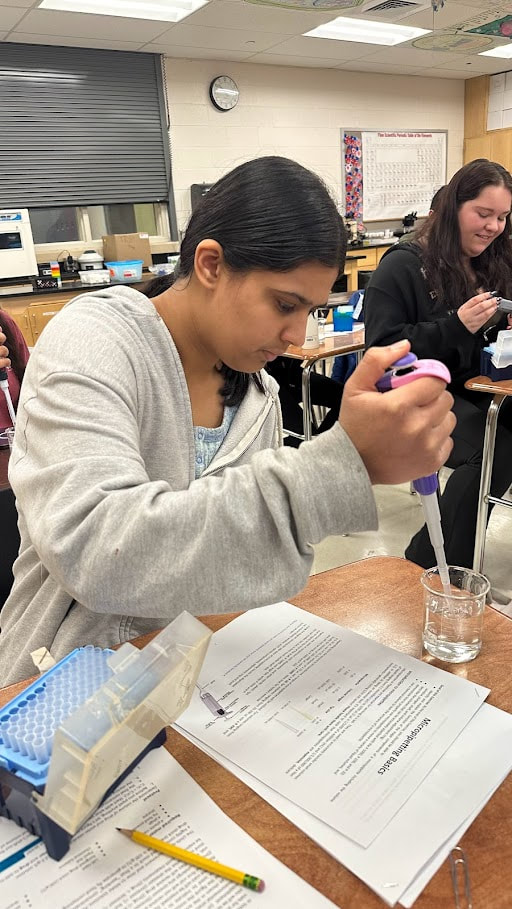
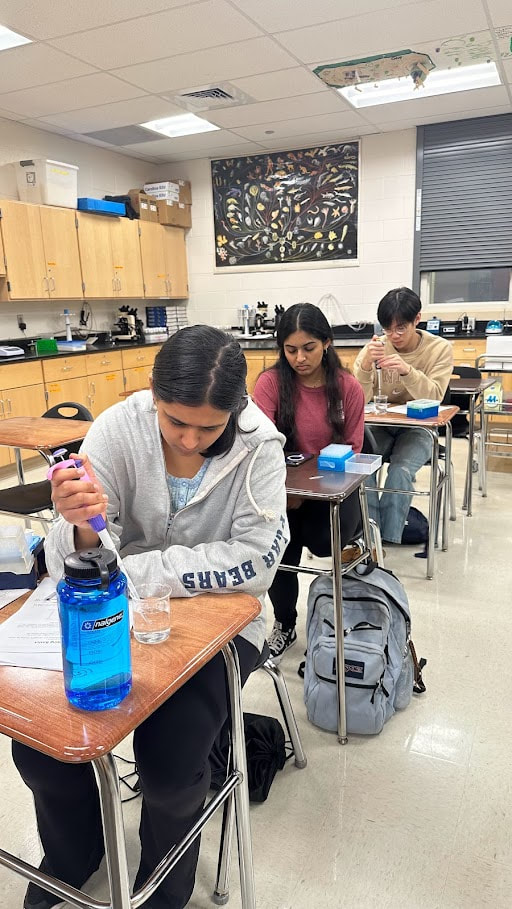
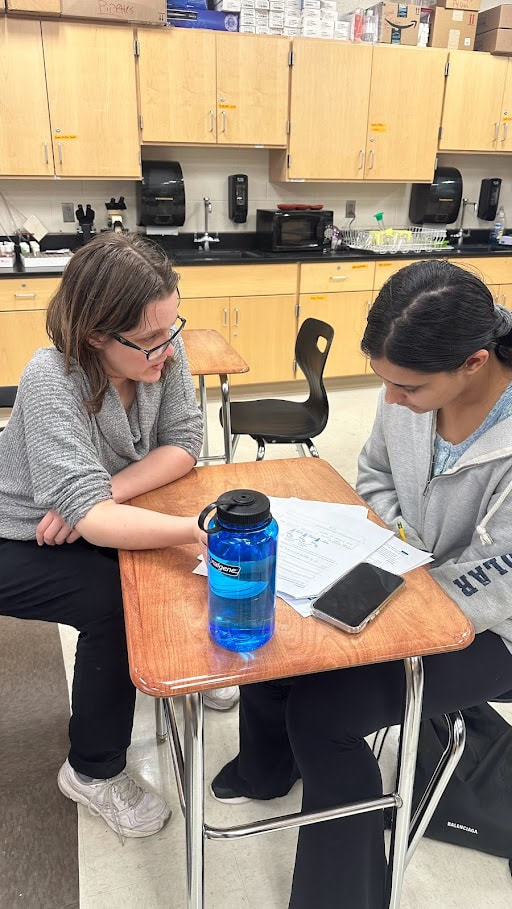
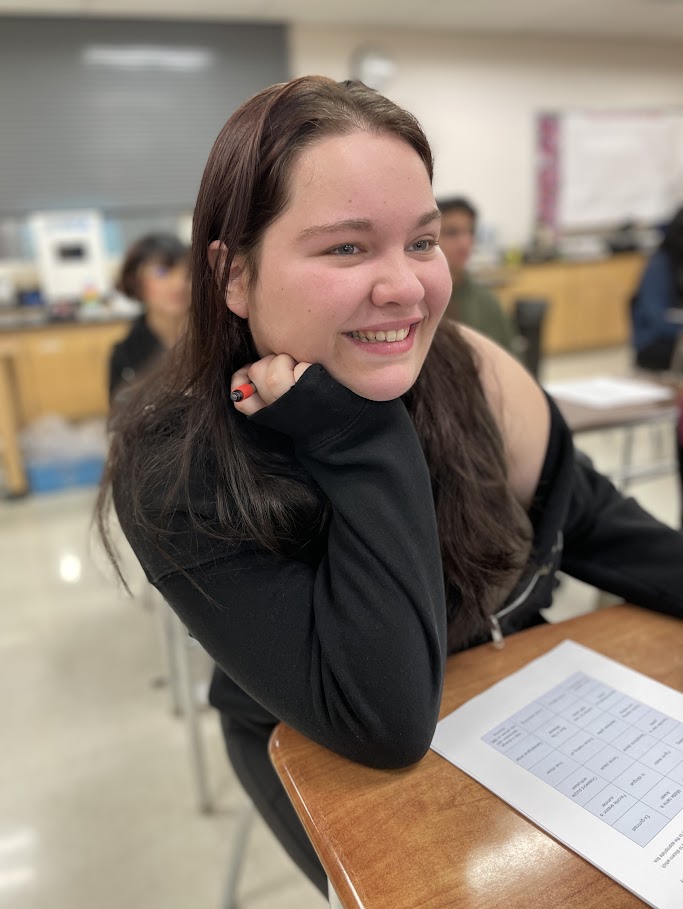
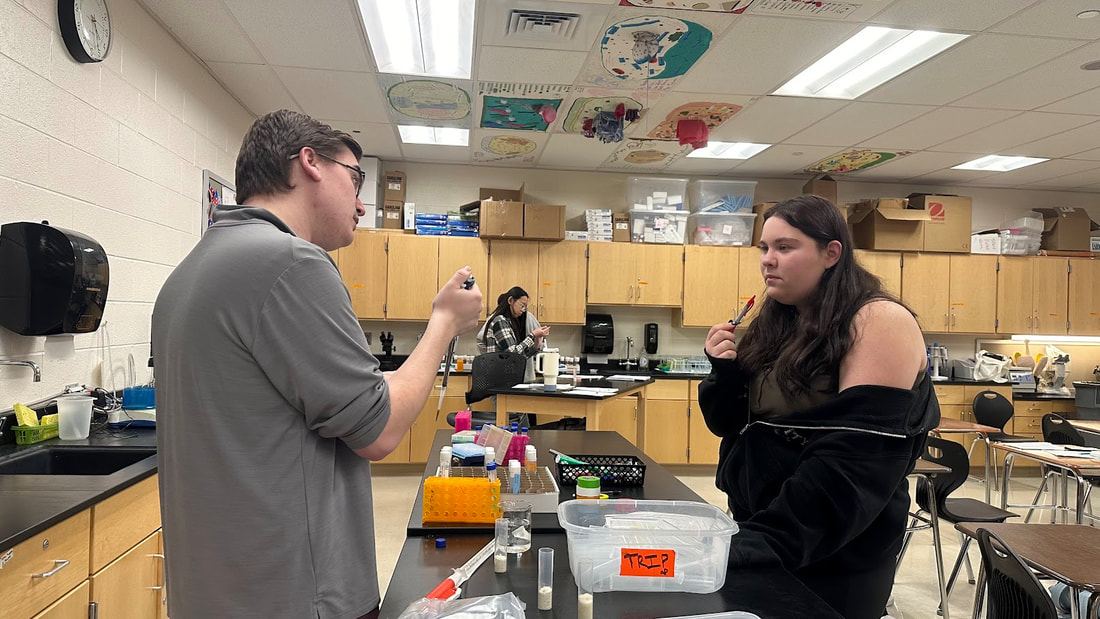
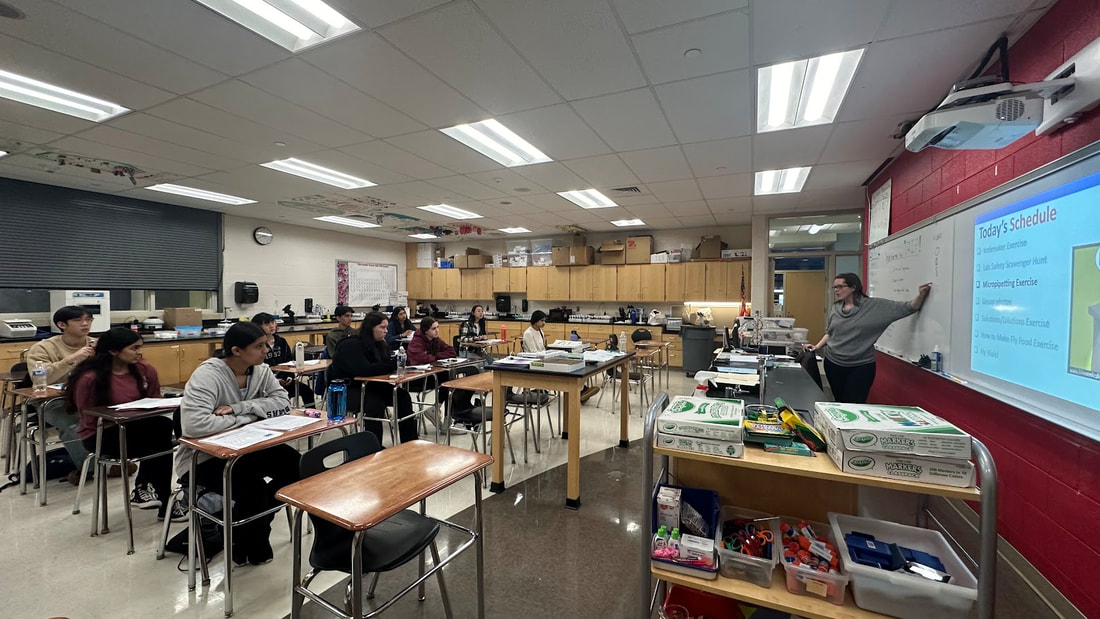
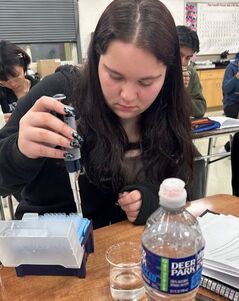
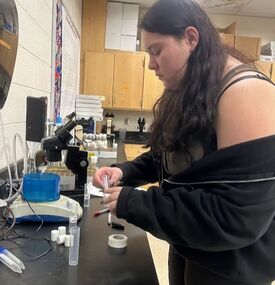
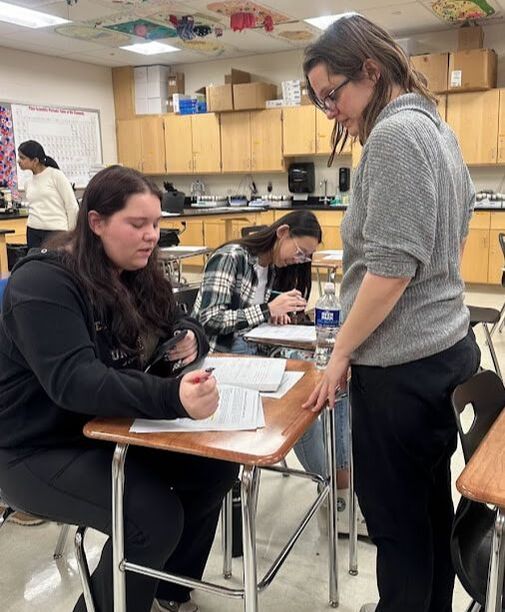
 RSS Feed
RSS Feed